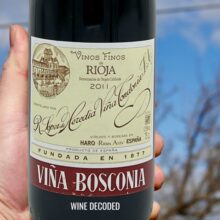
Product information
R. López de Heredia Viña Bosconia Reserva 2011
$89
Description
2011 was a warmer and riper year, but there’s not a huge difference between the 2011 Viña Bosconia Reserva and the 2010; this is perhaps mellower, with more integrated acidity. It’s 13.5% alcohol with a pH of 3.3 and 6.7 grams of acidity measured in tartaric acid per liter, and it fermented in the 144-year-old oak vats and matured in used American oak barrels for five years. 88,000 bottles produced. It was bottled in May 2018.
Luis Gutiérrez, The Wine Advocate 92 Points
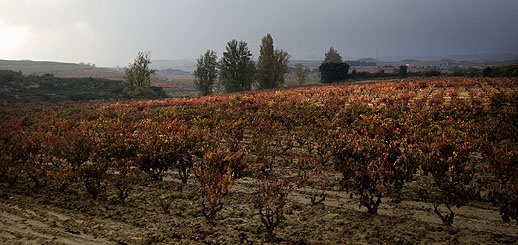





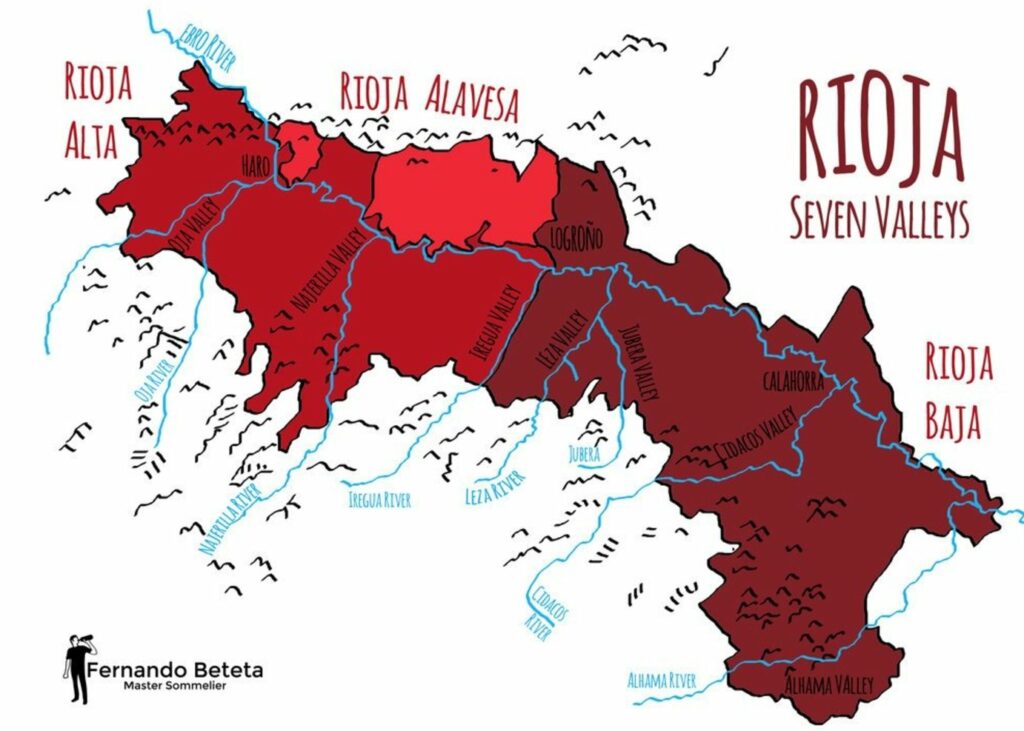
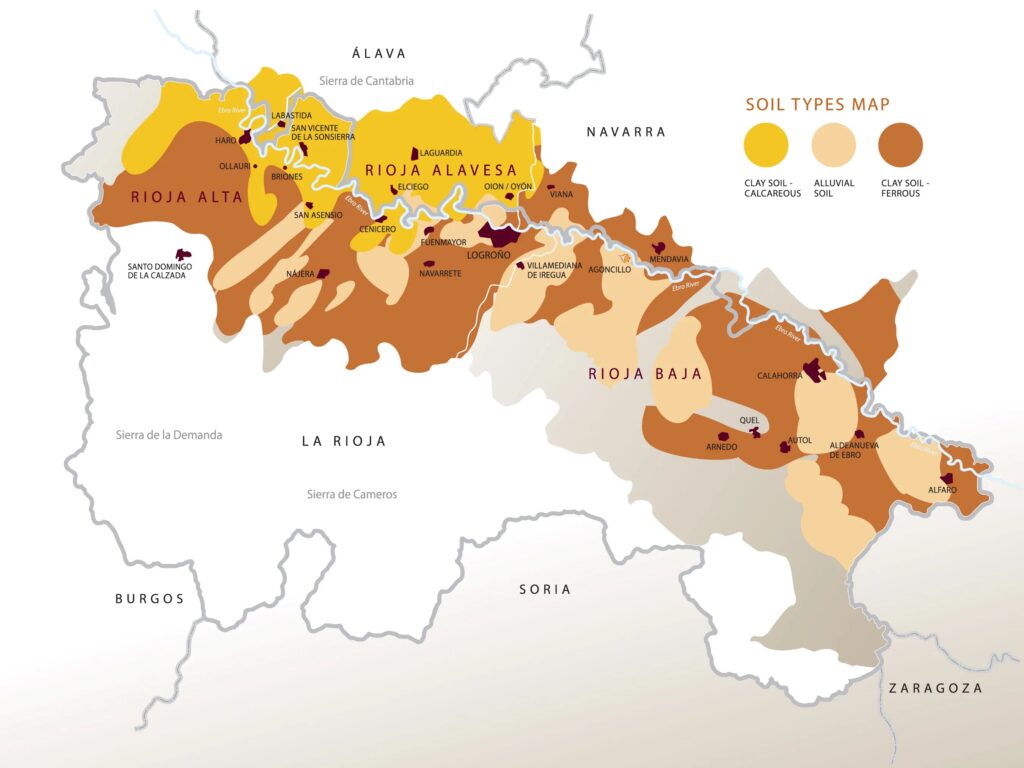
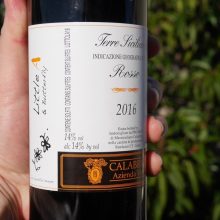
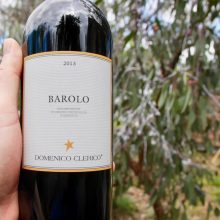
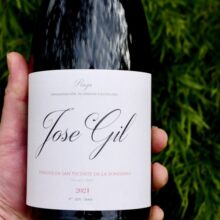
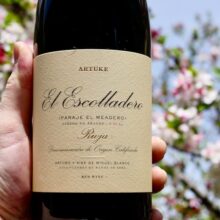
You must be logged in to post a comment.